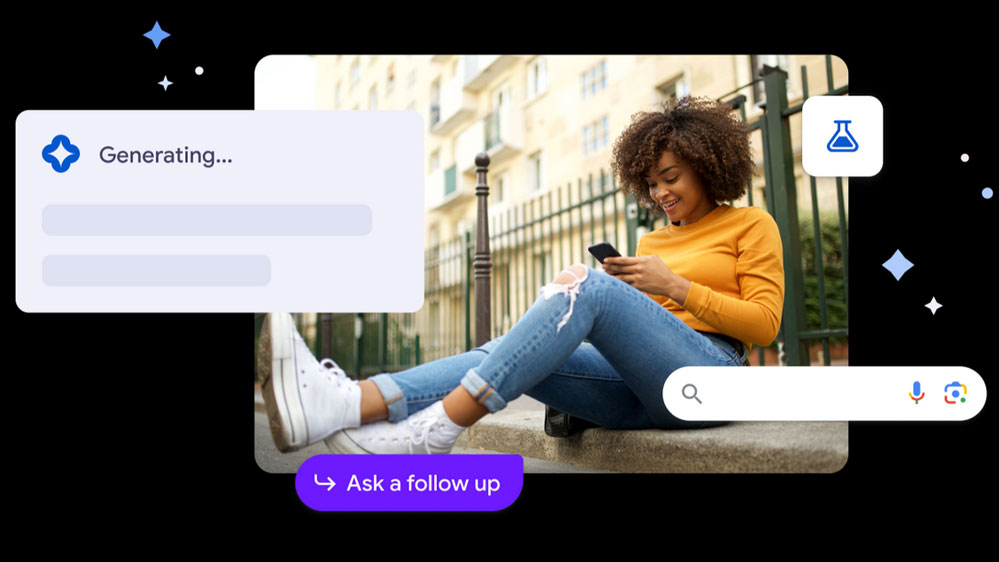
Yesterday we reported on Google's announcements which fanfared AI integrations throughout its portfolio. The new Pathways Language Model 2 or PaLM 2 large language model (LLM) is already powering 25 Google services, as the search giant rushes to close the AI-gap with competitors like Microsoft.
So, we now have more AI smarts powering the Google services many of us use daily, like: Gmail, Google Docs, Google Sheets and YouTube – as well as the emerging Google Bard chatbot. However, there are some interesting “early-stage experiments” in AI which Google would like you to try, covering AI-enhanced search, workspaces, note-taking, and music making. Let us take a closer look.
To test out the new ‘Google Labs’ AI-enhanced services you first have to sign up to gain access and you will likely be on waiting list. You must be using the Chrome browser to sign up, which we learned after firing up the link in Firefox... Head over to this Google Labs page with your Chrome browser and you will find more information, sign up opportunities, and wait-lists to join for accessing the new AI-enhanced services: Search Labs, Google Workspace with Duet AI, Project Tailwind and MusicLM.
If you want access to all four services, you'll need to sign up for the waitlists for all four and you may get access to them at different times. For each one, you'll also be asked for your location, profession and why you want to use it. You can find all the links on labs.withgoogle.com, but here are the direct sign-up links.
Search Labs
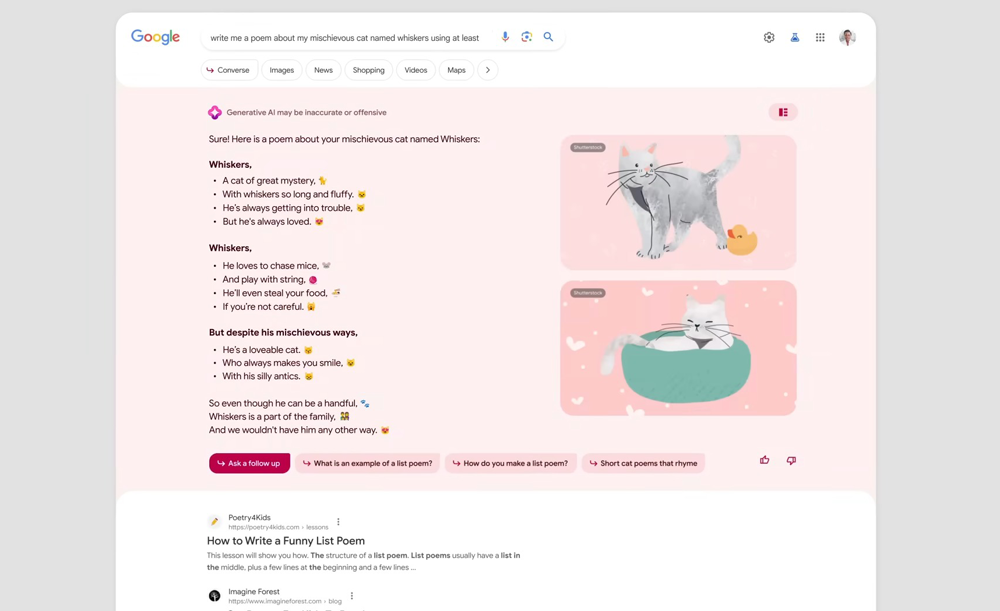
With web search at its historical core, it isn’t a surprise that Google would like users to dabble with its new AI enhanced Search Labs project. This experiment (English language, US only, initially) exposes three useful features to users: the Search Generative Experience (SGE), Code Tips, and Add to Sheets.
SGE is the most interesting new feature of the Search Labs project for typical users. Google says that this experiment takes your search term(s) and applies AI to make sense of the information that is generated by the search. For example, AI-powered overviews of the information are generated, and pointers to explore more and follow up are highlighted.
Workspace Labs
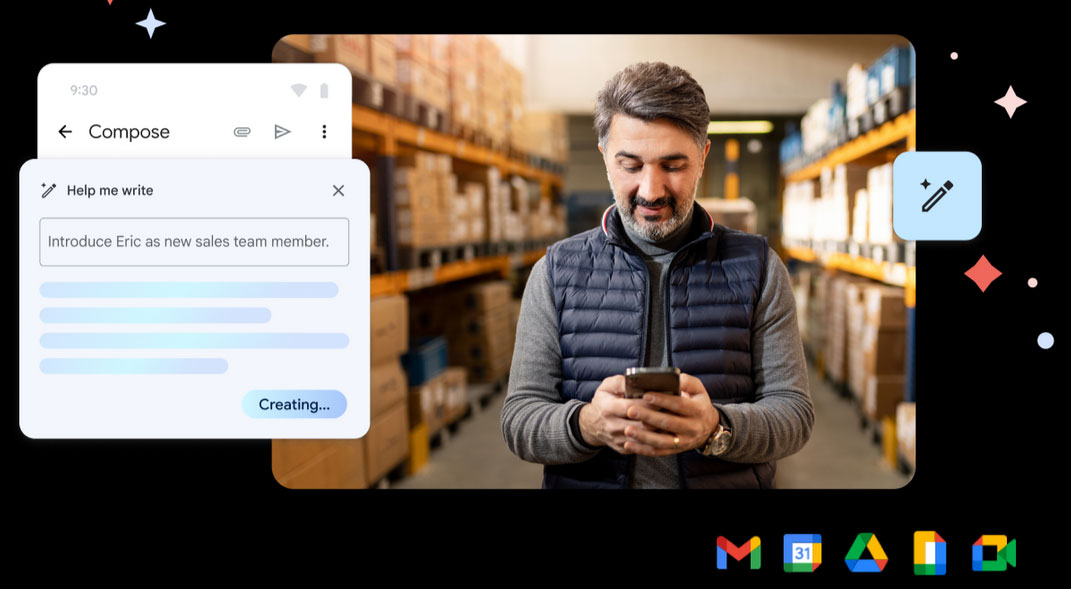
Google’s Workspace Labs project is designed to appeal to those who regularly use office productivity tools. The work of the ‘Duet AI’ here is to both create (generative AI) and act as a spare pair of hands in many routine office tasks (assistive AI).
Google asserts that Workspace with Duet AI can help with writing suggestions (Docs, Gmail), can optimize calendars, can create images from verbal descriptions, or generate background images in Meet, and more. One of the ways it works alongside you is via a side panel, which Google describes as a ‘sidekick’ companion.
Yesterday we noted that the ‘Help me write’ tool is already available to the public, but you must sign up for the extra AI tools mentioned above. Again, this experiment is geo-limited, but if you are interested follow the link and check if you can join the wait list.
Project Tailwind
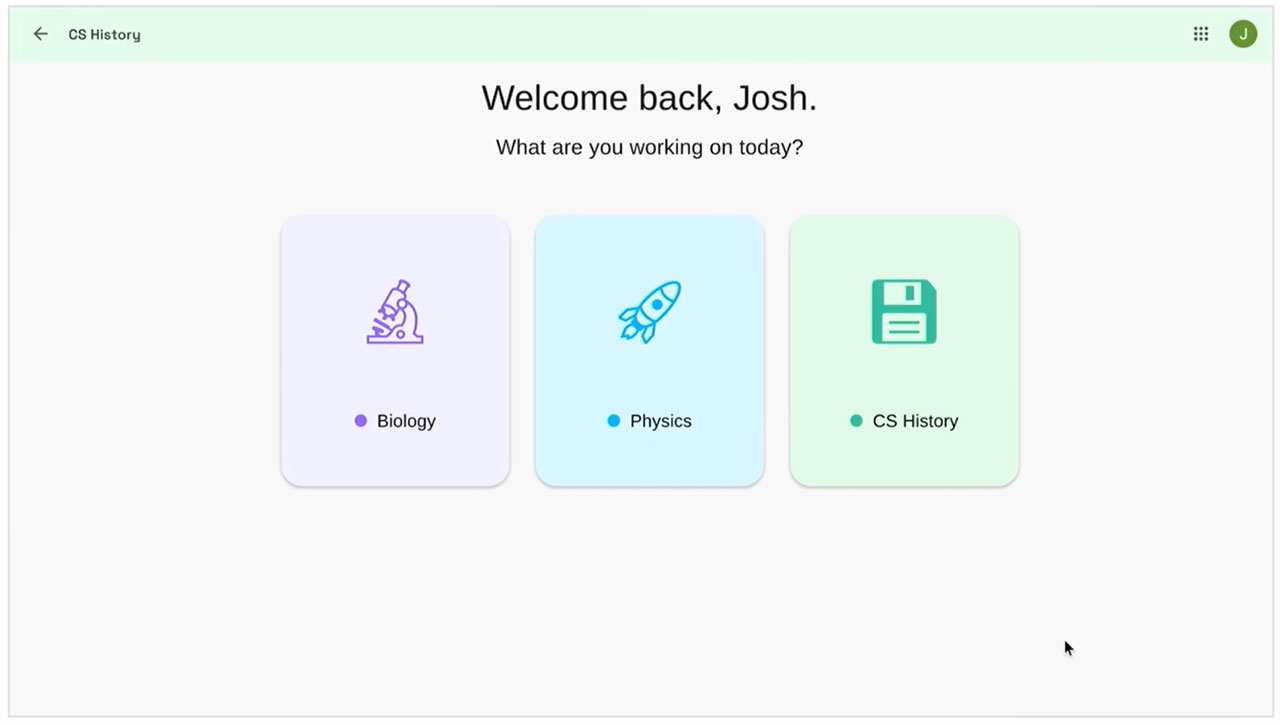
Though it could sit comfortably within the Workspace concept, for some reason Google has separated out this AI-first notebook experiment. Project Tailwind is trained on your personal documents in Google Drive. It is therefore effectively a personalized and private AI model powered by the information you choose to give to it.
Google framed this as a great notebook tool for students, but it could also find fans among anyone utilizing information from a host of sources to create new work. Project Tailwind is US-only at the time of writing.
MusicLM
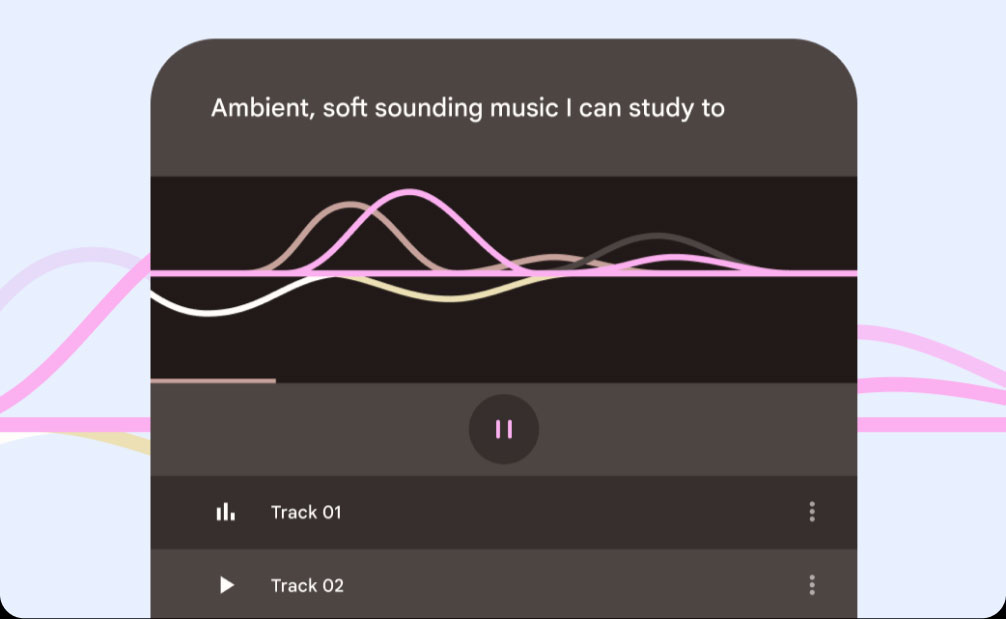
MusicLM is a generative AI tool which is designed to turn your textual descriptions into music. As an adapted language model (LM) it can transmute your typing into complex melodies.
Google suggests that you dip your toe in the testing water of this tool by inputting a prompt like “soulful jazz for a dinner party.” Whatever you input, MusicLM will provide two audio alternatives, asking you to click on a trophy next to your favoured result to improve the AI model.
MusicLM appears to sit alongside the most impressive AI applications which write and render images from a little human prompting. Again, there are geo-limits on applications, and even if you are accepted as a potential service tester you may be put on a wait list.
PaLM API
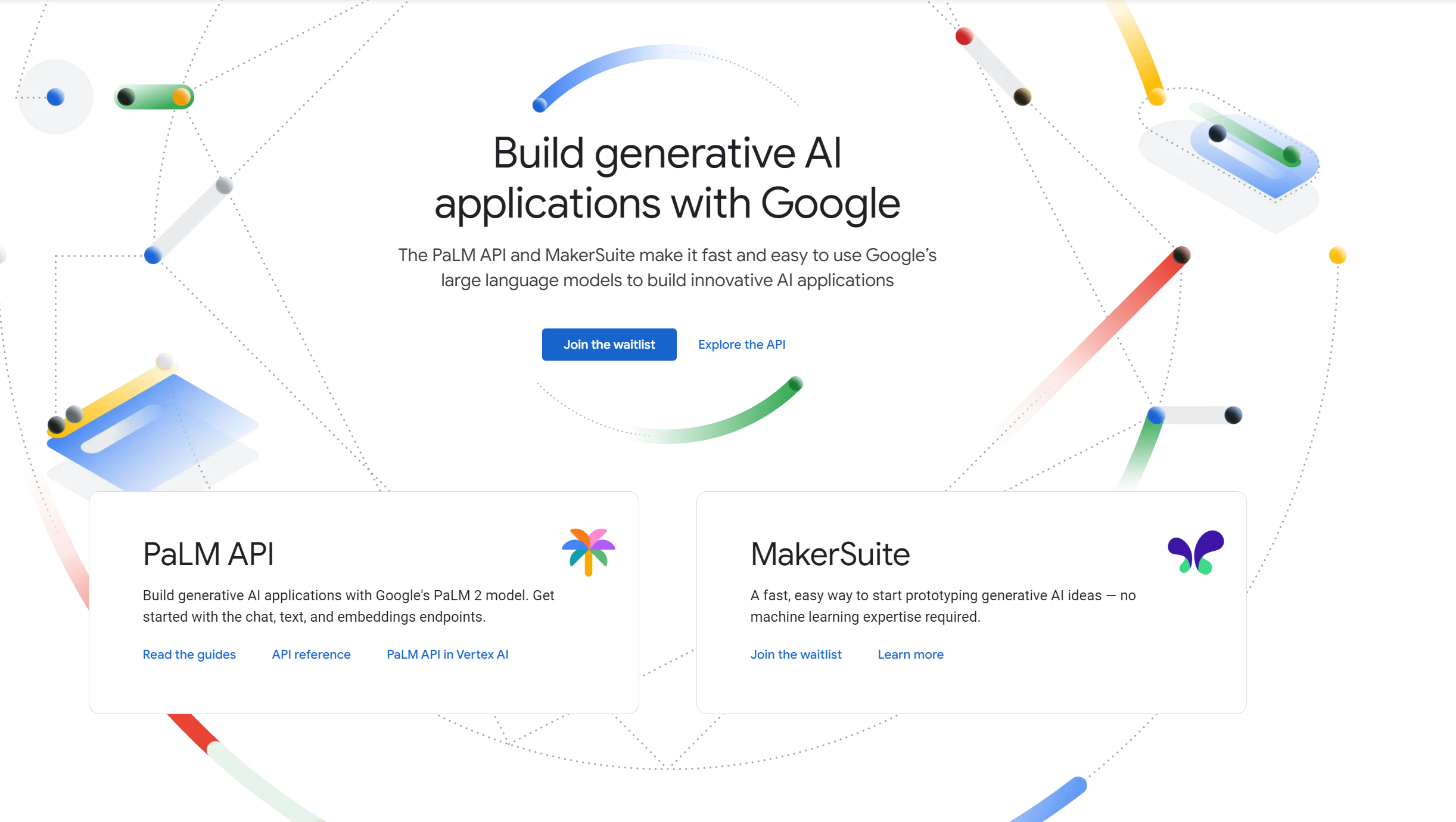
If you're a developer and you want to build your own AI tools using Google's PaLM API, you can join the waitlist for that.







